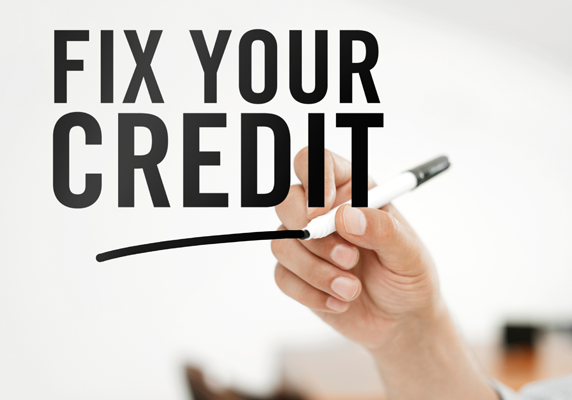
What is the difference between bruised credit, bad credit, and obliterated credit? We’re here to answer the question!

To first understand that, let’s first define what is bad credit.
In Canada, your credit score can range between 300 and 900, with 300 being the lowest and 900 the highest.
The ranges are typically as follows:
- Excellent: 741 – 900
- Good: 690 – 740
- Fair/Average: 660 – 689
- Below Average: 575 – 659
- Poor: 300 – 574
But this number alone doesn’t tell the whole story. There are other indicators that can go on your credit report that will affect what type of credit you have – bruised, bad, or obliterated.
R0: You have newly formed credit history with this creditor.
R1 or I1: You have paid this debt on time throughout the course of the account’s history.
R2 or I2: You have missed a payment but paid the credit back in two months (30 days late).
R3 or I3: You have missed a payment but paid the credit back in three months (60 days late).
R4 or I4: You have missed a payment but paid the credit back in four months (90 days late).
R5 or I5: You have missed a payment and have not repaid the credit in four months (more than 120 days late).
R7 or I7: You are making a consolidated debt payment. This is the rating you will likely receive if you file for a consumer proposal.
R8 or I8: The debt you owed was cleared by selling the credited item (this includes repossession).
R9 or I9: You have bad debt that is uncollectible — meaning it can’t be repossessed. This is the rating that you get when you file for bankruptcy.
So, where does bruised credit vs. bad credit vs. obliterated credit fit into this?
Bruised Credit
When you have an R5 or I5, or higher (R2, R3, R4) this would indicate your credit is bruised. However, you can quickly fix your credit and return to an R1 or I1 status by paying the debt up to date. This can greatly improve your credit score.
Bad Credit
This is when you have a defaulted debt that has been settled or paid in full or a past late payment that had a rating in the R6 to R9 range. It will take some time to repair your credit, but it can be done.
Obliterated Credit
If you have multiple defaulted items with R9 or I9 ratings, habitually make late payments, and haven’t dealt with your outstanding debts, your credit might fall in this range.
How can you get back to a good credit score?
If you fall in the bad or worse credit range, it may make sense to clear the slate and start over by filing for bankruptcy or for a consumer proposal and eliminating those bad debts. You will be given an R7 or an R9 rating, but you will immediately be able to start working towards rebuilding credit.
The worst thing you can do is ignore the problem. The only way out is by taking action.
We offer free consultations at Prudent Financial to help you identify the best way to fix your credit score. Resolve bruised credit, bad credit, and even obliterated credit today by contacting us.
Call 1-888-852-7647 or visit www.prudentfinancial.net.
